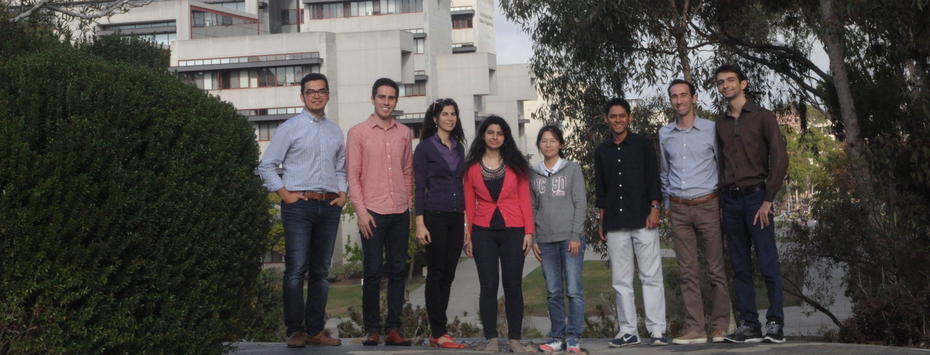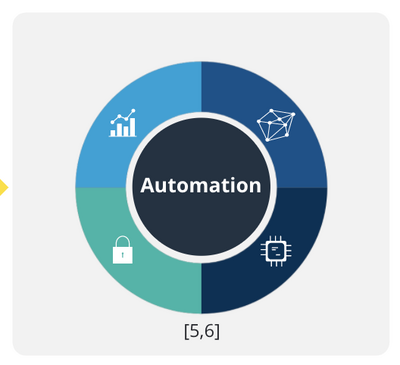Difference between revisions of "Home"
From ACES
| Line 1: | Line 1: | ||
<!-- Images can be replace using visual editor. But the source editor must be used to add / remove / change the order of images. | <!-- Images can be replace using visual editor. But the source editor must be used to add / remove / change the order of images. | ||
--><ul data-orbit> | --><ul data-orbit> | ||
Revision as of 00:39, 5 September 2021
-

Obama2 Placeholder
-

TR35 Placeholder
-

Group UCSD Placeholder
The Adaptive Computing and Embedded Systems (ACES) Lab, lead by Prof. Farinaz Koushanfar, focuses on making intelligent data-intensive embedded computing applications and systems. The added intelligence is to satisfy security and robustness, energy-efficiency, timeliness, IP protection rights, design automation, and many more requirements of emerging technologies.
Our modern society is increasingly dependent on embedded computing devices that process a vast amount of data. Common examples include visual computing on mobile phones, automotive embedded system, wireless sensor networks, implantable medical devices, and mobile virtual reality games. The content, communication, and processing algorithms can be overwhelming on small platforms. What exacerbates the problem are the real-time constraints set by certain applications, which prohibits outsourcing to the cloud due to the incurred delay and uncertainty.
To be viable, there are at least two major sets of technical challenges that need to be addressed for small form-factor platforms that enable present and pending Internet-of-Everything (IoE) systems. One set of hurdles has to do with resource and/or application constraints such as real-time, available energy, or memory. Another set of barriers arises due to security, reliability or safety requirements. Attacks on these systems go far beyond destruction of data, as they have the potential to impact physical assets and people’s lives. In this context, classic solutions for resource-efficiency and/or security are of limited effectiveness.
A distinguishing characteristic of our research is bridging the divide between the theory and implementation. One the one hand, we use theoretical methods from various disciplines such as statistics, optimization, and cryptography to address complex hardware engineering problems. On the other hand, we utilize practical computer engineering and design automation techniques to address sophisticated problems in security, data mining, and emerging technologies. Simultaneous with development of models and theory, we realize and deploy the results in practice whenever possible. In such a way, we obtain a proof-of-concept from our realization, which often proposes novel methodologies and newer research directions. We also have a number of collaborative projects with experts in relevant fields (e.g., security, data mining, computer architecture).
